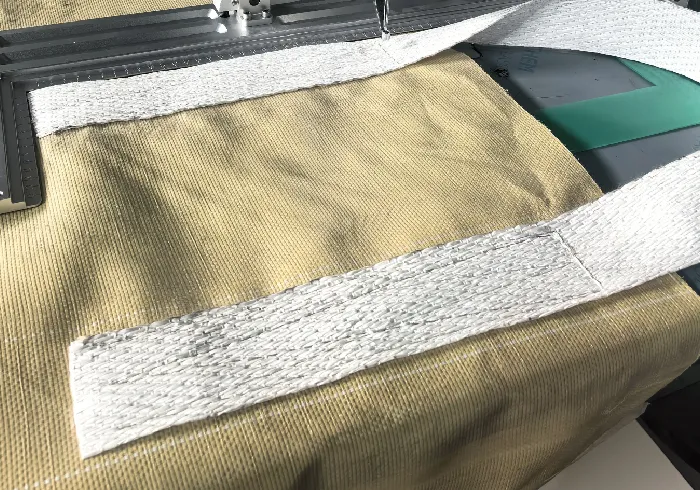Automatic Sewing Machine for Efficient and Seamless Stitching Solutions
The Evolution and Impact of Stitching Automatic Machines
In the realm of manufacturing and textile production, the introduction of stitching automatic machines has revolutionized the industry. These machines have significantly enhanced the efficiency, precision, and output of stitching processes. As the demand for high-quality garments and textiles continues to grow, understanding the capabilities, benefits, and future of stitching automatic machines becomes increasingly important.
Stitching automatic machines are designed to automate the sewing process, reducing the reliance on manual labor. They come equipped with advanced technology, which allows them to execute complex stitching patterns with high accuracy. The evolution of these machines can be traced back to the invention of the sewing machine in the 19th century. However, the introduction of automatic stitching machines marked a significant shift towards industrial automation in the 20th century.
One of the primary advantages of stitching automatic machines is their ability to increase productivity. By automating the stitching process, manufacturers can streamline their operations and reduce production times. One automatic machine can often replace several manual workers, allowing companies to allocate their human resources more effectively. This not only leads to cost savings but also enables businesses to meet rising consumer demands promptly.
Moreover, these machines are designed to ensure consistency and quality in every stitch. In traditional sewing, variations in technique and skill among workers can lead to inconsistencies in the final product. Automatic stitching machines, however, produce uniform results, ensuring that every item meets the required quality standards. This is particularly crucial in the fashion and garment industry, where brand reputation heavily relies on the quality of products.
stitching automatic machine

The technological advancements in stitching automatic machines have also introduced features such as programmable patterns, adjustable speeds, and even computer vision systems for fabric detection. This level of sophistication allows manufacturers to tackle complex designs and adapt to varying production needs quickly. With the integration of artificial intelligence, these machines can learn from past operations, predict maintenance requirements, and optimize performance, reducing downtime and enhancing operational efficiency.
Additionally, the environmental impact of textile production is a growing concern. Stitching automatic machines contribute to sustainability efforts by minimizing waste. Traditional sewing methods often result in excessive off-cuts and fabric waste due to the trial-and-error sewing process. Automatic machines can optimize fabric usage and realize more efficient cutting patterns, thereby reducing waste. Furthermore, their precision reduces the likelihood of defective items, leading to less material being discarded.
Despite these advantages, the rise of stitching automatic machines also presents challenges. The initial investment for advanced stitching technology can be substantial, which may deter smaller manufacturers from adopting these machines. Additionally, the shift towards automation raises concerns about job displacement. While it is true that some manual sewing jobs may be lost, history has shown that automation can lead to the creation of new roles focused on machine maintenance, programming, and logistics.
The future of stitching automatic machines looks promising, with ongoing innovations expected to further enhance their capabilities. Automation can be expected to expand into more aspects of garment production, such as cutting and finishing. As the fashion industry increasingly adopts sustainable practices, developments in stitching technology will be crucial in driving down costs and resource usage while maintaining high-quality standards.
In conclusion, stitching automatic machines have transformed the textile manufacturing industry by enhancing productivity, ensuring quality, and promoting sustainability. While there are challenges associated with their introduction, the benefits they provide far outweigh the drawbacks. As technologies continue to evolve, stitching automatic machines will undoubtedly play a pivotal role in shaping the future of the garment industry, making it more efficient, innovative, and sustainable. As we embrace these advancements, it is essential to strike a balance between technological progress and human employment, ensuring that the workforce is equipped to thrive in an increasingly automated landscape.
-
Leather Sewing Machine: The Industrial Standard for Tough MaterialsNewsJul.18,2025
-
Sail Making Machine: Heavy-Duty Stitching for Industrial and Marine NeedsNewsJul.18,2025
-
Sling Sewing Machine: The Backbone of Heavy-Duty FabricationNewsJul.18,2025
-
Leather Sewing Machine: Precision for Heavy-Duty StitchingNewsJul.18,2025
-
Big Bag Sewing Machine: Powering the Future of Bulk PackagingNewsJul.18,2025
-
FIBC Sewing Machine: Essential Equipment for Bulk Bag ProductionNewsJul.18,2025
-
Heavy Duty Leather Sewing Machine: A Must-Have for Professional LeatherworkNewsMay.28,2025





























